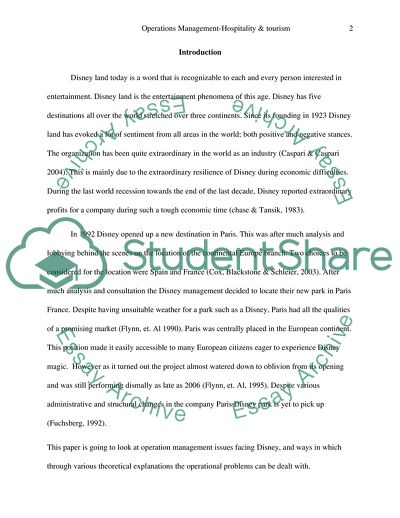Cite this document
(Operations Management of Disneyland Report Example | Topics and Well Written Essays - 2000 words - 14, n.d.)
Operations Management of Disneyland Report Example | Topics and Well Written Essays - 2000 words - 14. https://studentshare.org/tourism/1799125-operations-management
Operations Management of Disneyland Report Example | Topics and Well Written Essays - 2000 words - 14. https://studentshare.org/tourism/1799125-operations-management
(Operations Management of Disneyland Report Example | Topics and Well Written Essays - 2000 Words - 14)
Operations Management of Disneyland Report Example | Topics and Well Written Essays - 2000 Words - 14. https://studentshare.org/tourism/1799125-operations-management.
Operations Management of Disneyland Report Example | Topics and Well Written Essays - 2000 Words - 14. https://studentshare.org/tourism/1799125-operations-management.
“Operations Management of Disneyland Report Example | Topics and Well Written Essays - 2000 Words - 14”. https://studentshare.org/tourism/1799125-operations-management.


